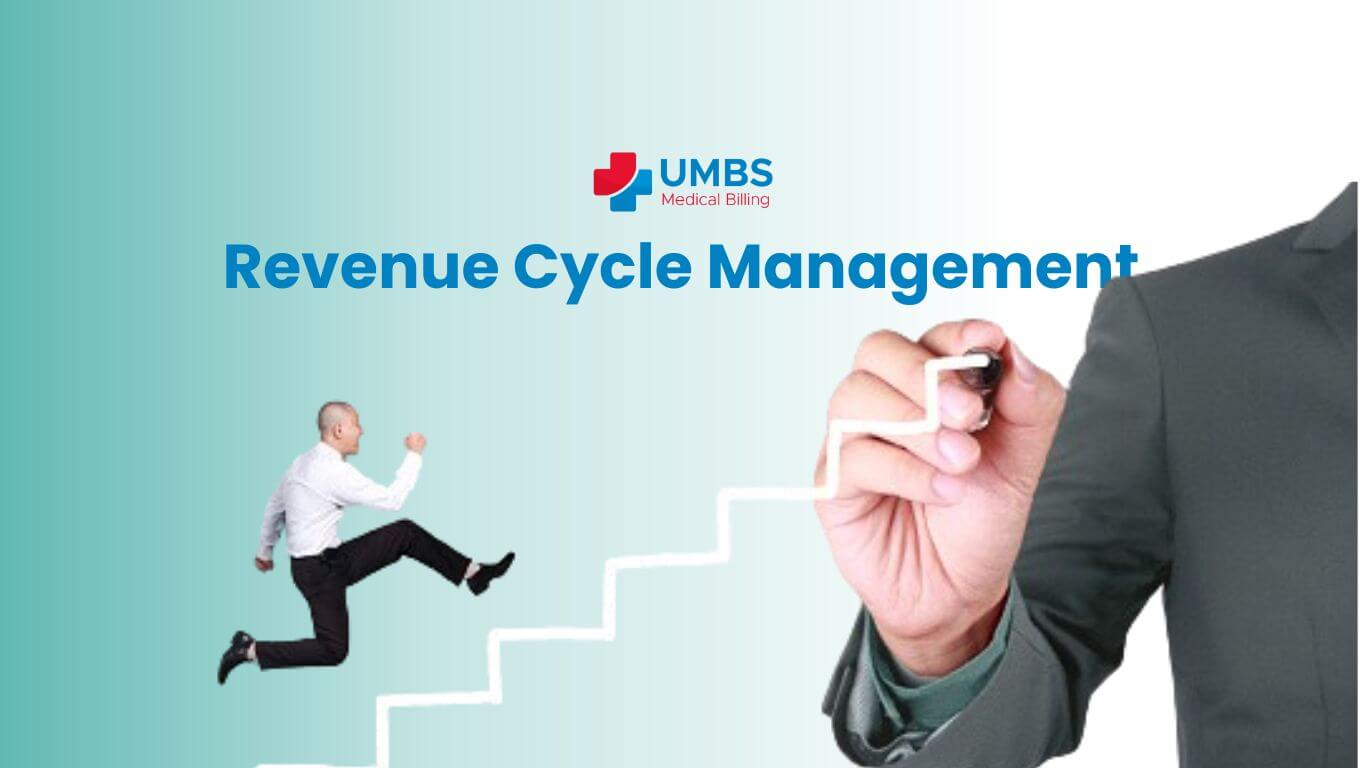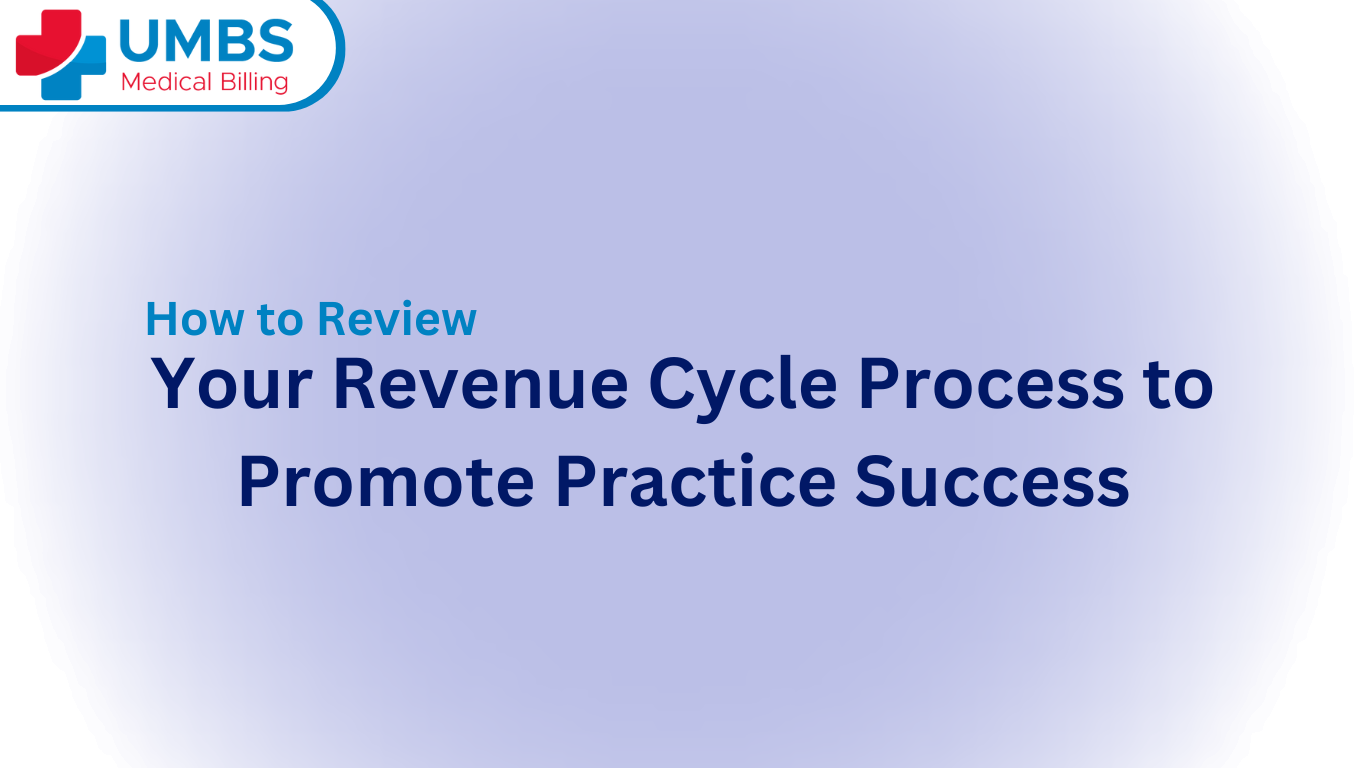In the ever-evolving landscape of healthcare, managing a successful medical practice demands more than just providing quality patient care. It requires a keen eye on the financial health of your practice as well. One of the critical aspects of this financial well-being is the management of your revenue cycle. A well-optimized revenue cycle can lead to increased revenue, reduced administrative burdens, and improved patient satisfaction.
Whether you’re affiliated with a larger hospital or managing your own private practice, enhancing revenue cycle management directly impacts your financial performance. By minimizing rejected claims, reducing payment delays, and streamlining payment procedures, you can boost office efficiency and bolster your practice’s revenue stream.
How to Measure Revenue Cycle Management with KPIs
To accurately assess the effectiveness of your revenue cycle, it’s essential to measure Key Performance Indicators (KPIs). While numerous KPIs are valuable, begin by focusing on these five:
- Total reimbursement collected
- Net collections ratio
- Time claims spend in accounts receivable
- First-pass acceptance rate
- Denial rate
Utilizing an analytics tool that consolidates these metrics (and additional data) onto a unified dashboard significantly simplifies monitoring your progress. This streamlined approach aids in optimizing your revenue cycle and enhancing your financial performance.
Also Read: The Art of Negotiation: Securing Fair Compensation
Revenue Cycle Management Steps
Step 1: Streamline Patient Registration and Check-In
The revenue cycle begins with the very first point of contact: patient registration and check-in. Ensure that your front desk staff collect accurate patient information, insurance details, and contact information. Implement electronic health records (EHR) to reduce errors and streamline the registration process. Verification of insurance coverage and eligibility should also be integrated at this stage to prevent billing issues later on.
Step 2: Accurate Medical Coding
Accurate and up-to-date medical coding is the backbone of successful revenue cycle management. Invest in regular training for your coding staff to stay updated with the latest coding standards (e.g., ICD-10) and ensure that services are coded correctly. Accurate coding minimizes claim denials and accelerates reimbursements.
Step 3: Efficient Claims Submission and Processing
Prompt claims submission and efficient processing are critical to a healthy revenue cycle. Implement a robust claims management system that includes automated claims submission and tracking. Monitor claim status regularly to identify and address issues promptly. Timely follow-up on unpaid claims is essential to prevent revenue leakage.
Step 4: Eligibility and Benefits Verification
Transparent communication with patients regarding their insurance coverage is vital. Verify patient eligibility and benefits before each visit to inform patients about their financial responsibility. This practice reduces billing disputes, enhances patient satisfaction, and fosters trust.
Implementing automation creates a ripple effect on office productivity. By allowing staff members to bypass tedious and repetitive tasks, they gain additional time to focus on projects that demand human intervention.
Step 5: Effective Accounts Receivable Management
A well-organized accounts receivable (AR) management system is key to maintaining a steady cash flow. Implement AR tracking and aging reports to identify outstanding balances. Establish clear payment policies, offer flexible payment options, and have a dedicated team for AR follow-up.
Also Read: Medical Billing in Dallas
Step 6: Revenue Cycle Analytics
Data is a powerful tool in revenue cycle management. Utilize analytics to gain insights into your practice’s financial performance. Track key performance indicators (KPIs) such as days in AR, denial rates, and clean claim rates. Analyze this data to identify trends and areas for improvement.
Step 7: Continuous Improvement
The healthcare landscape is constantly evolving, and so should your revenue cycle management strategies. Regularly review and update your RCM processes to adapt to changes in regulations, insurance policies, and patient demographics. Encourage feedback from your staff for process improvements.
Step 8: Consider Outsourcing
Outsourcing your revenue cycle management to a specialized partner can provide significant advantages. Professional RCM services can bring expertise, scalability, and the latest technology to enhance your revenue cycle’s efficiency.
Conclusion
Optimizing your revenue cycle management is an ongoing process that requires attention to detail, continuous improvement, and adaptability. By streamlining patient registration, ensuring accurate coding, managing claims efficiently, and implementing transparent eligibility verification, you can set a solid foundation for financial success. Regular analytics and a commitment to continuous improvement will help your practice stay on top of the ever-changing healthcare landscape.
Consider partnering with a trusted RCM provider like United Medical Billing Solutions to navigate these steps and unlock your practice’s full financial potential. Remember, a well-managed revenue cycle is not just about numbers; it’s about securing the financial health of your practice while providing the best care possible to your patients.






